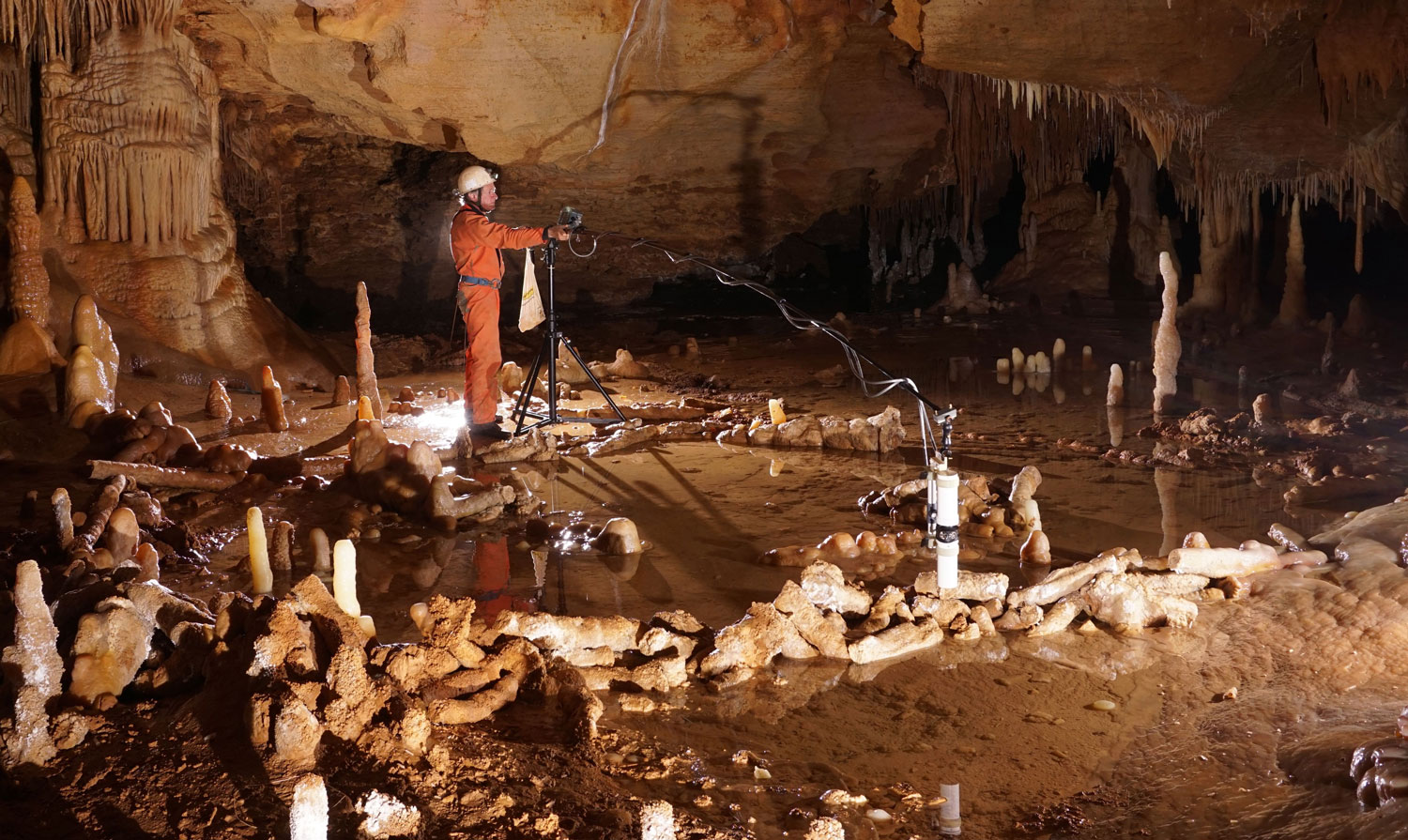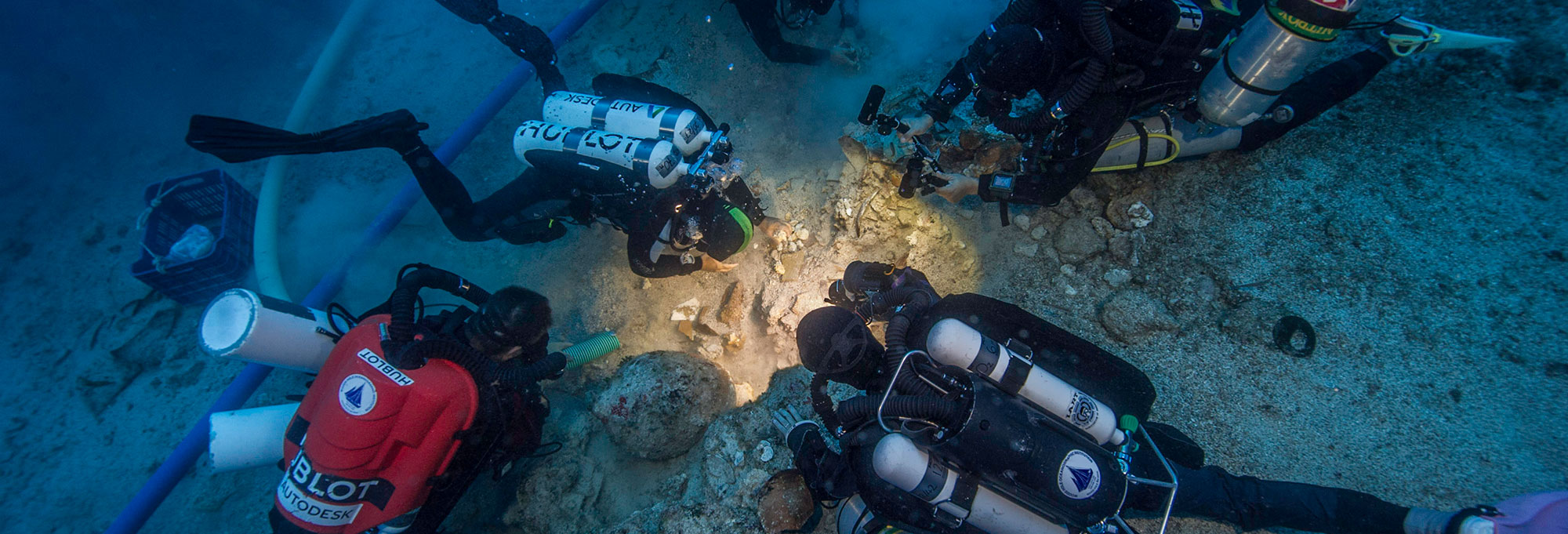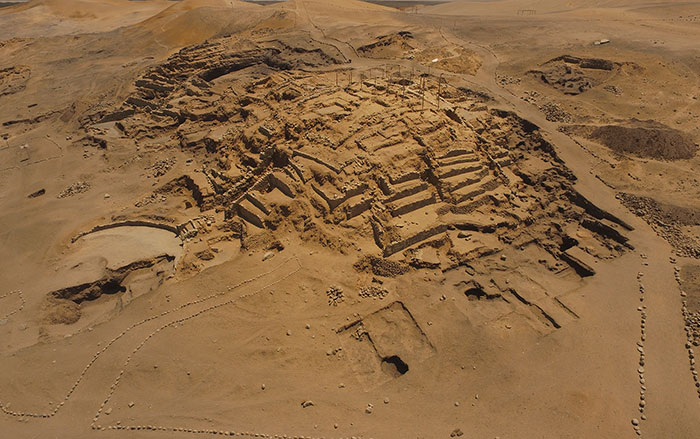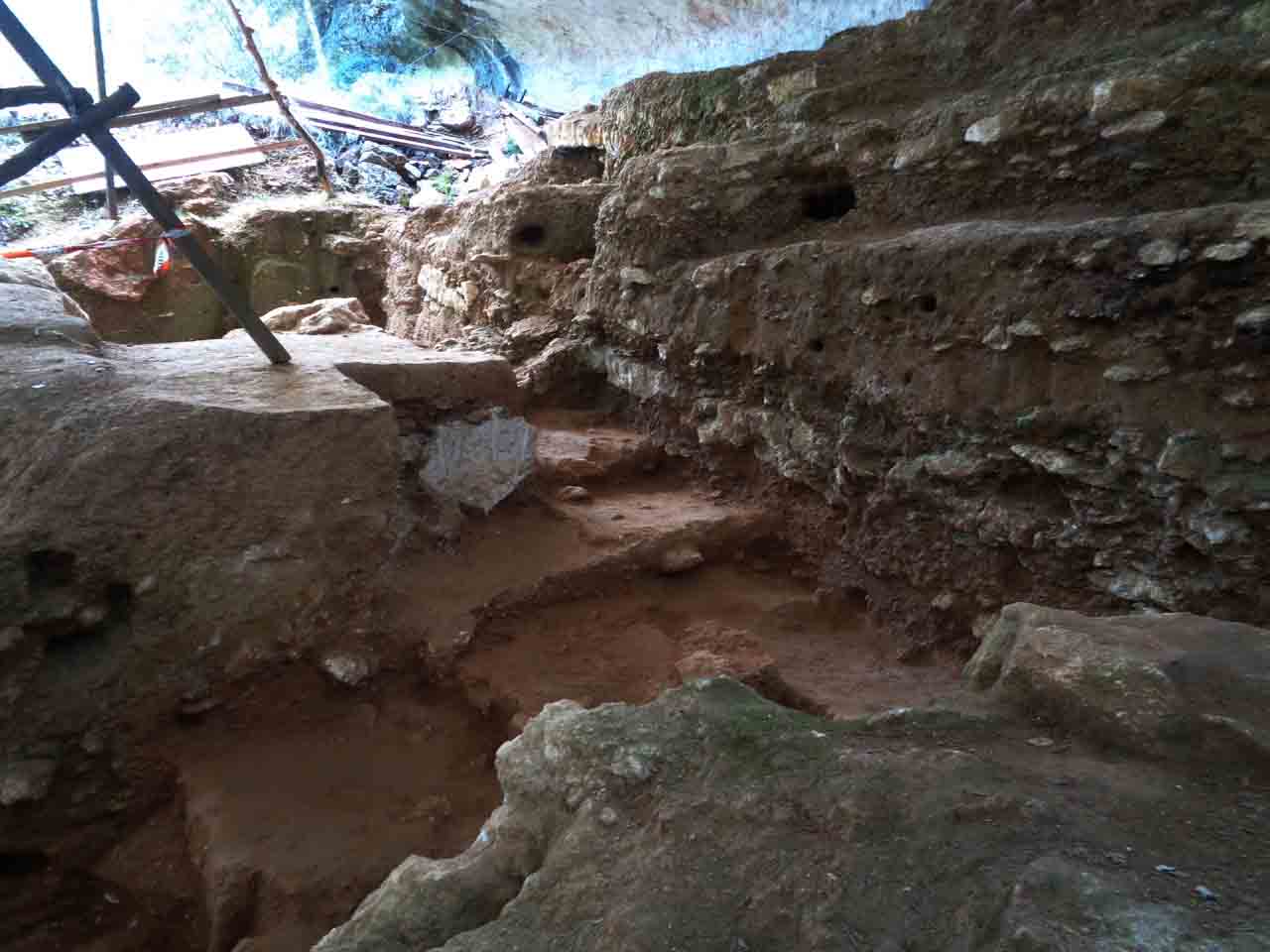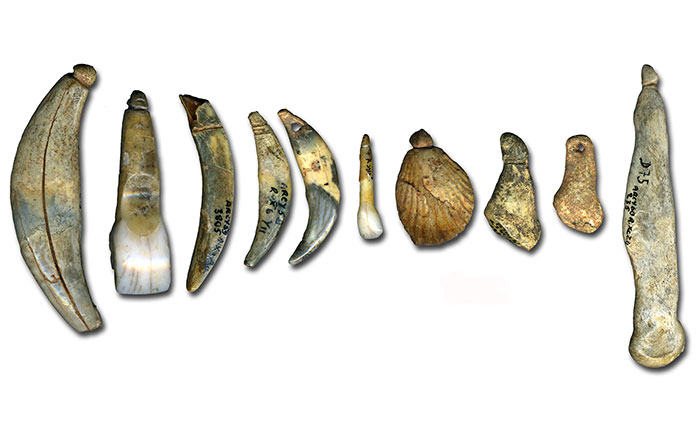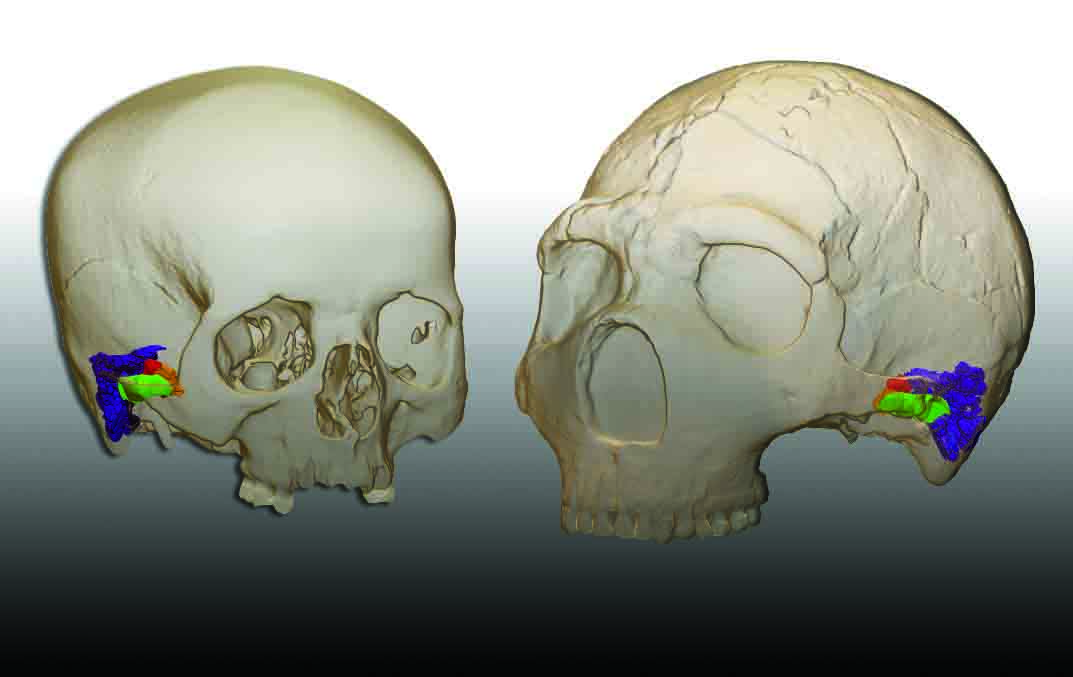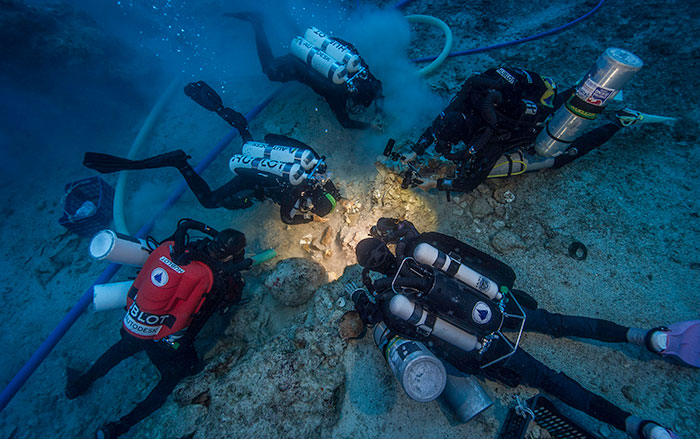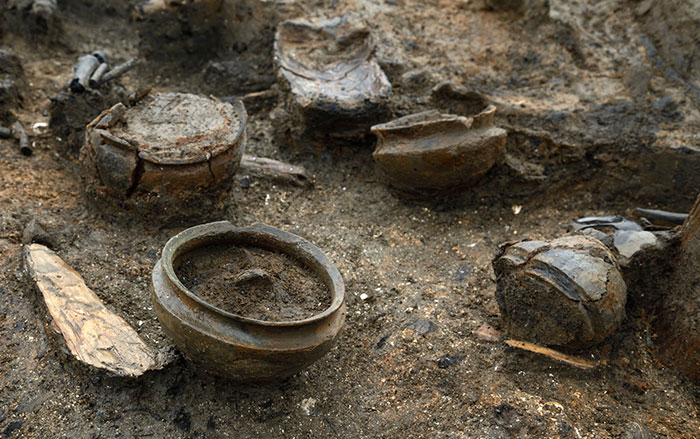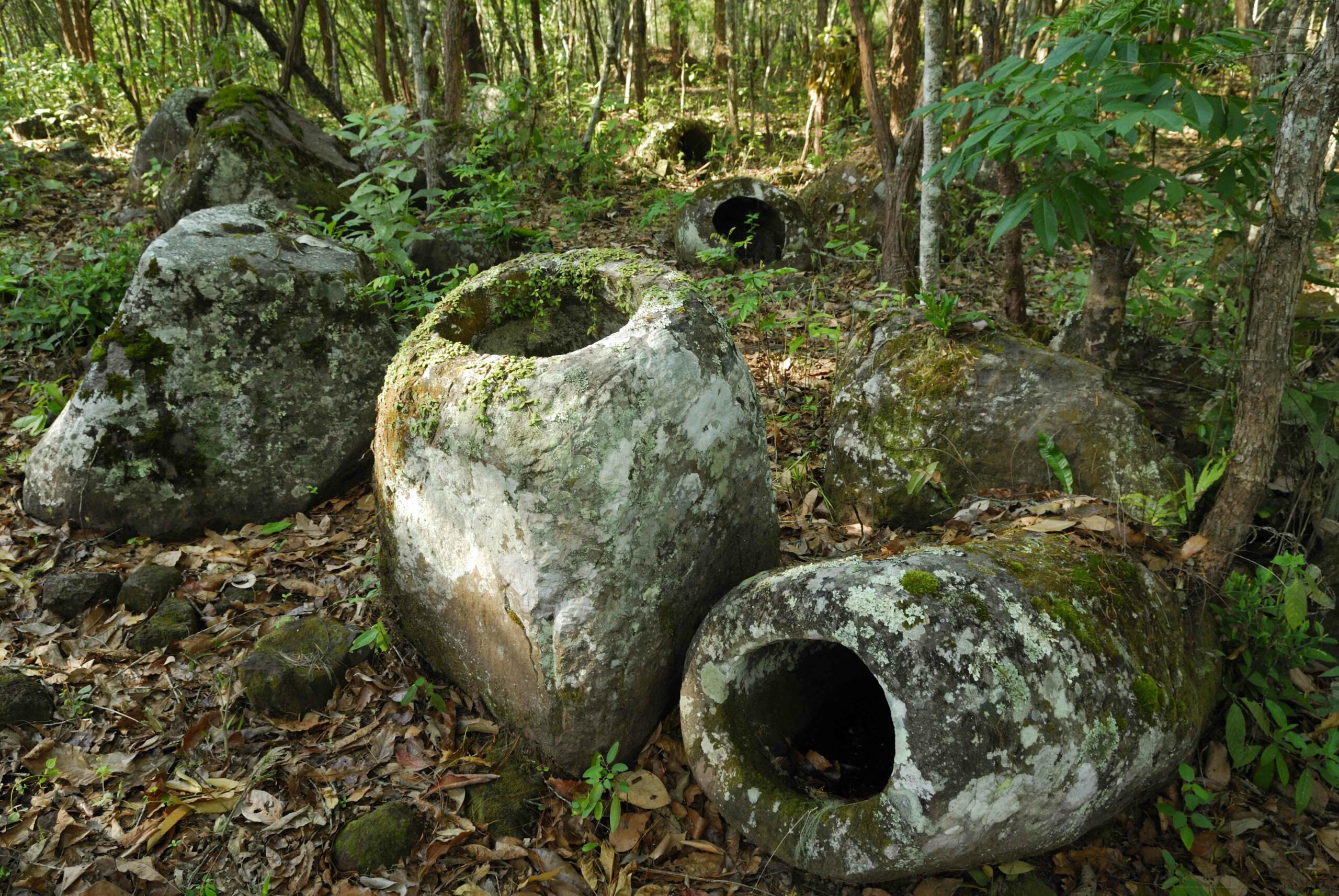A fifth of a mile inside Bruniquel Cave in southwestern France, a chamber holds several enigmatic ring-shaped structures made from whole and broken stalagmites. Radiocarbon dating of a burned bear bone found among them initially suggested they date to around 47,000 years ago. But this year, uranium-thorium dating that focused on the stalagmite tips and deposits that accumulated on them after they were broken found the structures were actually built around 176,000 years ago. Researchers concluded that since Neanderthals were the only humans living in the area at the time, they must have assembled them. “When we first got this date, I thought it was unbelievable,” says Jacques Jaubert, an archaeologist at the University of Bordeaux. “We had no idea that Neanderthals were operating so deep inside caves at this time.” While the structures also provide evidence of group collaboration, the reason they were built remains a mystery.
